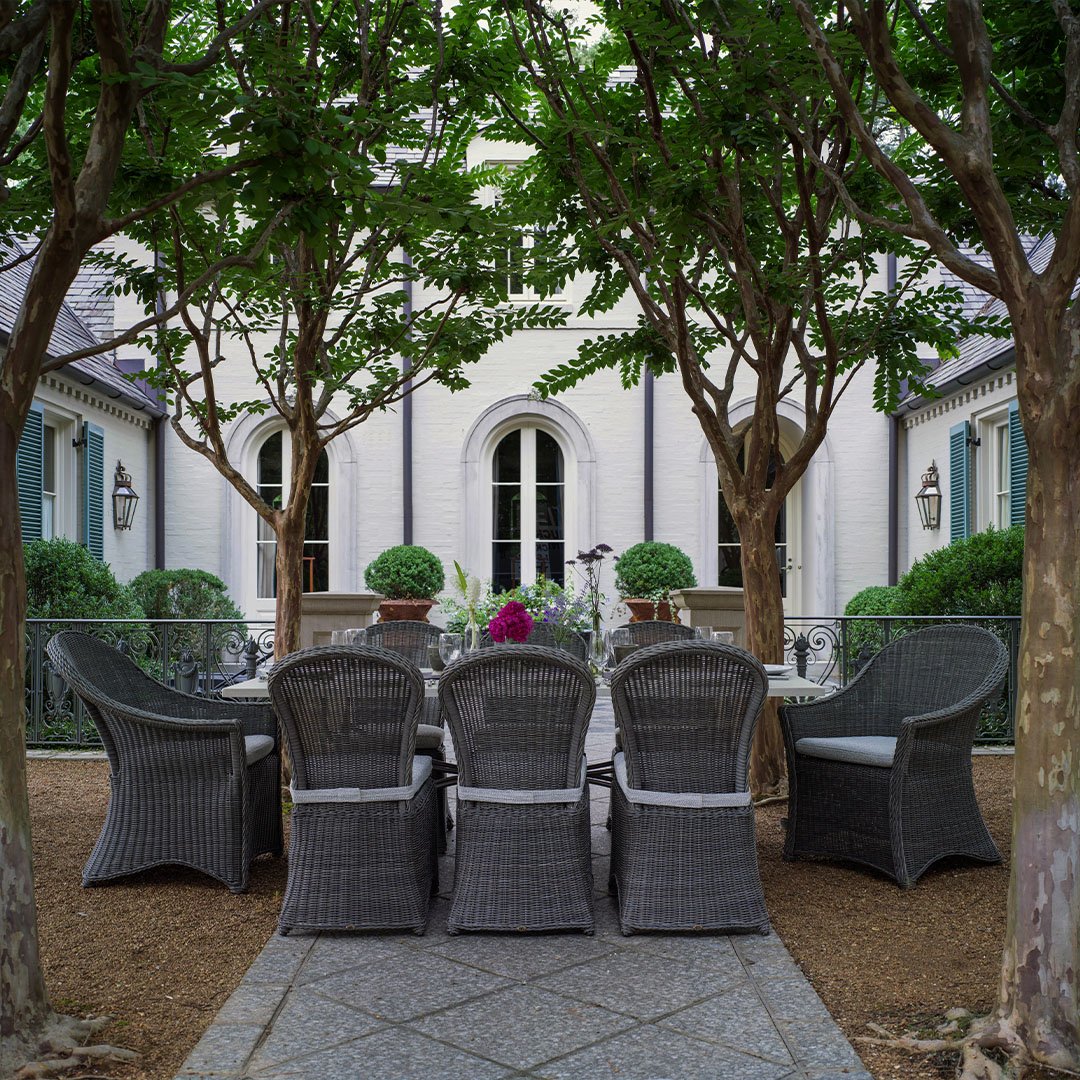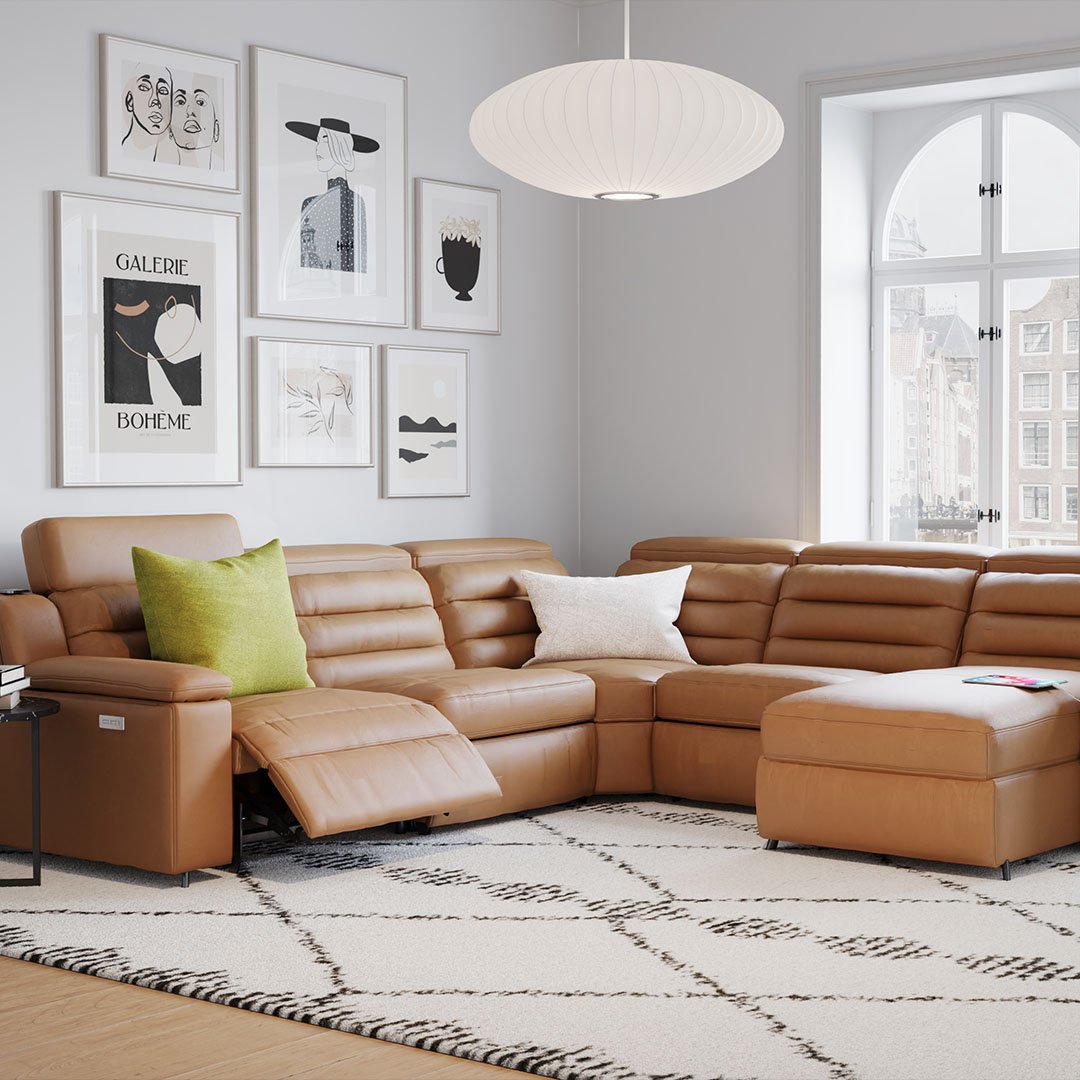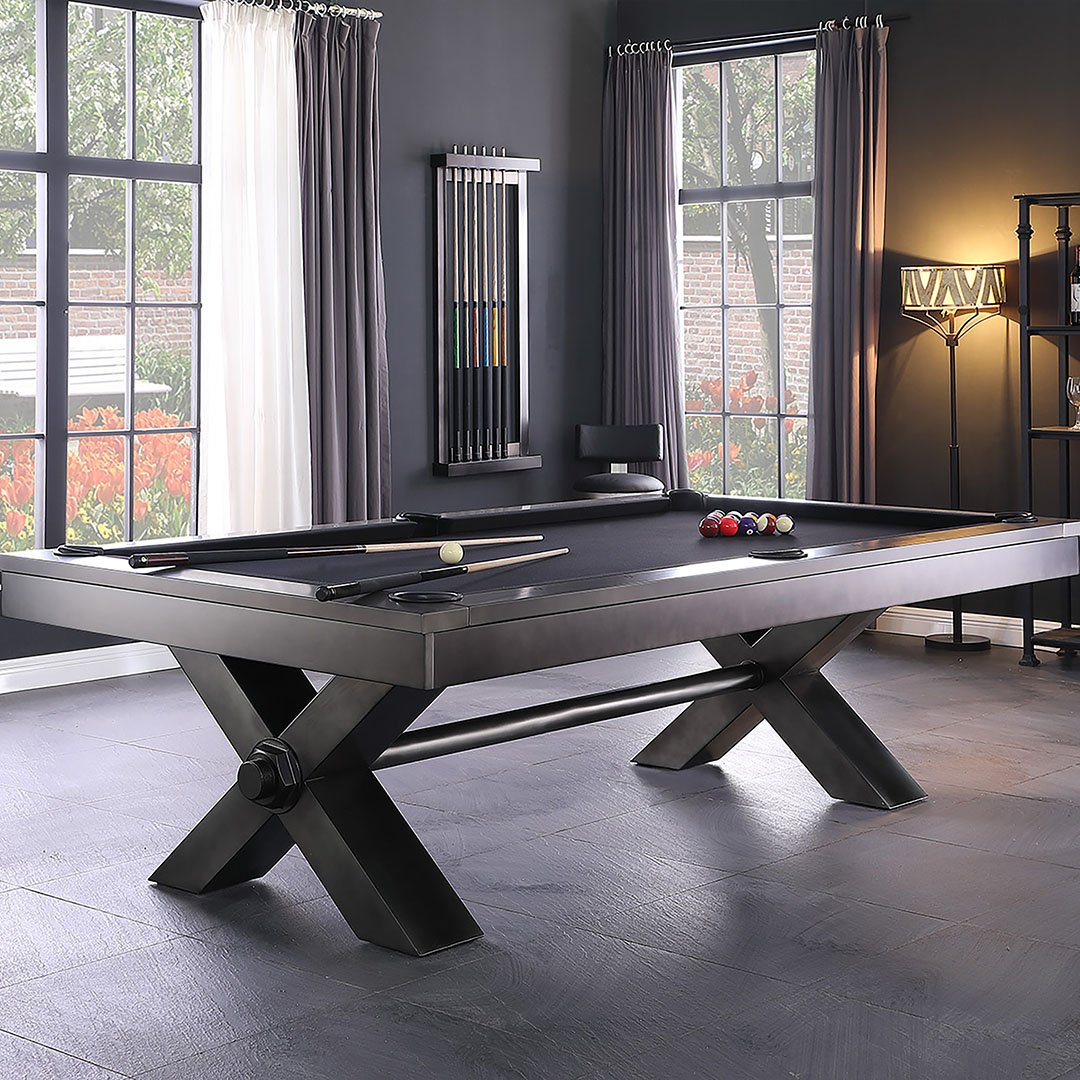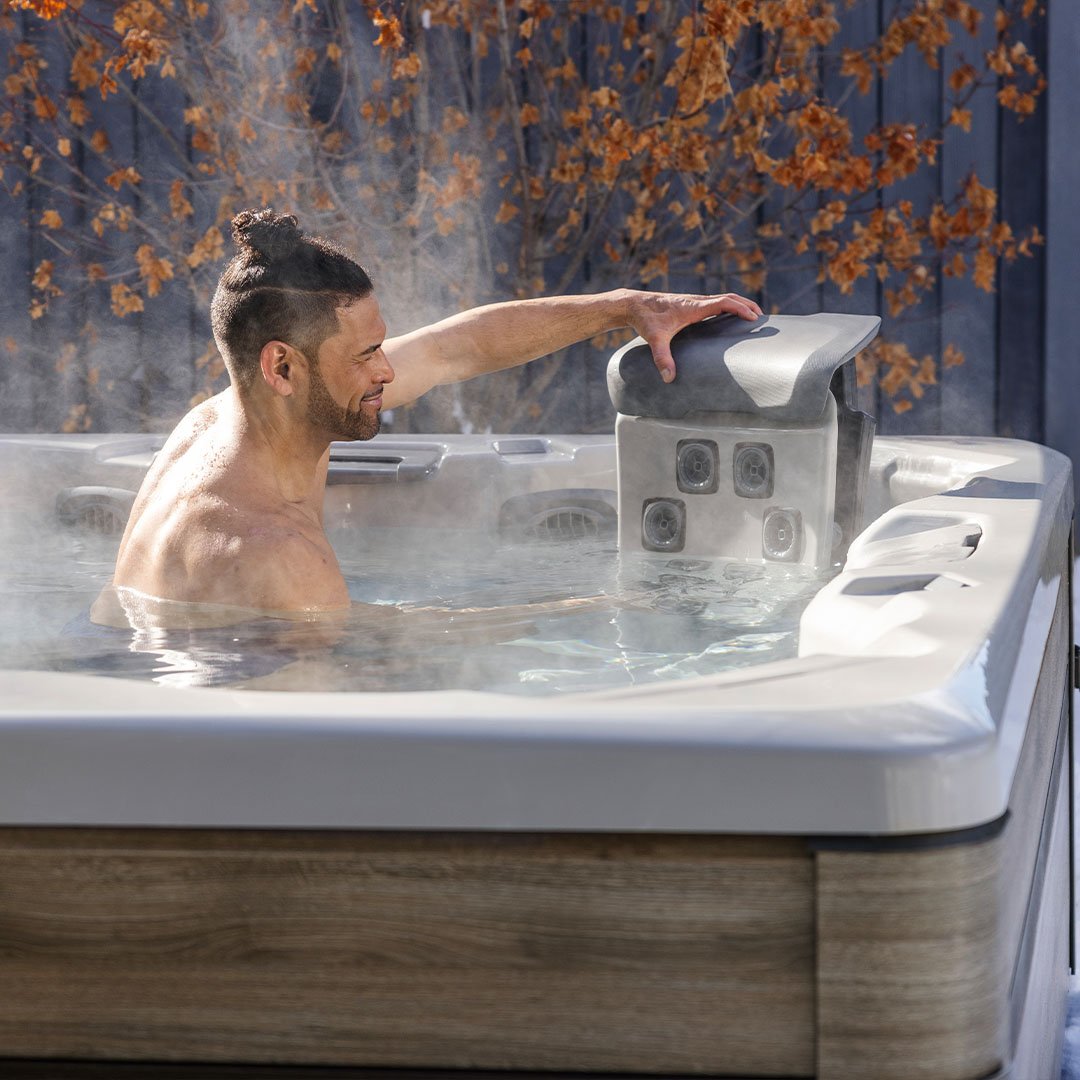How to Choose Outdoor Furniture That Matches Your Home’s Aesthetic
Your outdoor space is an extension of your home, and choosing the right outdoor patio furniture is key to creating a seamless, stylish look. Whether you have a modern, rustic, coastal, or traditional home, the right outdoor furniture will enhance your home’s aesthetic while providing comfort and functionality. In this guide, we’ll walk you through essential factors to consider when selecting outdoor furniture that perfectly matches your home’s style.
1. Identify Your Home’s Aesthetic
Before shopping for outdoor furniture, take a close look at your home’s architectural style and existing decor. Some common home aesthetics include:
- Modern/Minimalist: Clean lines, neutral tones, and sleek materials like metal or concrete.
- Traditional: Ornate details, rich wood finishes, and classic designs.
- Rustic/Farmhouse: Natural wood, distressed finishes, and earthy tones.
- Coastal/Beachy: Light colors, wicker materials, and a relaxed feel.
- Bohemian: Mixed materials, vibrant colors, and eclectic patterns.
Once you determine your home’s aesthetic, you can start selecting outdoor furniture that aligns with it.
2. Choose the Right Materials
The material of your outdoor furniture plays a major role in both durability and design. Here are some popular options and how they fit different styles:
- Wood (Teak, Cedar, Acacia): Perfect for rustic, farmhouse, or traditional aesthetics. Wood offers a natural, warm look but requires maintenance to prevent weather damage.
- Metal (Aluminum, Wrought Iron, Steel): Best suited for modern, industrial, or classic styles. Aluminum is lightweight and rust-resistant, while wrought iron adds an elegant touch.
- Wicker/Rattan: A great choice for coastal, bohemian, or tropical aesthetics. Opt for synthetic wicker for better durability.
- Concrete or Composite: Ideal for minimalist and contemporary spaces. These materials create a sleek, modern look and are highly durable.
- Plastic/Resin: Budget-friendly and available in various styles. Look for high-quality, UV-resistant plastic to prevent fading.
3. Pick a Cohesive Color Palette
Your outdoor furniture should complement your home’s color scheme. Here’s how to match your furniture colors with your home’s aesthetic:
- Neutral tones (white, beige, gray, black): Work well with almost any style and provide a timeless, elegant feel.
- Earthy tones (brown, terracotta, olive green): Ideal for rustic, farmhouse, or Mediterranean-style homes.
- Bold colors (blue, yellow, red, green): Add vibrancy to bohemian, coastal, or eclectic spaces.
- Monochromatic palettes: Create a sleek, modern look by using different shades of the same color.
4. Focus on Comfort and Functionality
Aesthetic appeal is important, but your outdoor furniture should also be comfortable and functional. Consider:
- Cushions and Upholstery: Opt for weather-resistant fabrics like Sunbrella to ensure longevity.
- Ergonomics: Choose seating with proper back support and comfortable cushions.
- Multi-Use Furniture: Look for items like storage benches, extendable tables, or modular seating to maximize space.
5. Incorporate Matching Accessories
Accessories help tie your outdoor space together. Consider adding:
- Outdoor Rugs: These define the space and add warmth.
- Throw Pillows and Blankets: Choose patterns and colors that match your aesthetic.
- Planters and Greenery: Use pots that complement your furniture style.
- Outdoor Lighting: String lights, lanterns, or sconces can enhance the ambiance.
6. Consider Weather and Maintenance
Choose outdoor furniture that can withstand your local climate:
- Hot and Sunny Areas: Look for UV-resistant materials like aluminum, resin, or treated wood.
- Rainy and Humid Climates: Avoid untreated wood and opt for rust-resistant metal or synthetic wicker.
- Cold and Snowy Regions: Store cushions indoors and choose durable materials like teak or powder-coated steel.

Create a Seamless Indoor-Outdoor Flow with Thoughtful Furniture Choices
Your outdoor space should feel like a natural extension of your home, blending style, comfort, and functionality. By carefully selecting furniture that matches your home’s aesthetic, you can create a harmonious environment that enhances both your indoor and outdoor living areas.
When designing your outdoor space, think beyond just furniture—consider how textures, materials, and colors interact with your home’s architecture and landscape. A modern home with clean lines can benefit from sleek, minimalist furniture, while a rustic home feels complete with warm wooden accents and cozy seating. Accessories like outdoor rugs, cushions, and lighting further enhance the ambiance, making the space feel intentional and inviting.
Additionally, don’t overlook practical considerations like durability and weather resistance. Investing in high-quality, weatherproof materials ensures your furniture remains beautiful and functional for years to come. Regular maintenance, such as cleaning cushions, applying protective finishes, and using furniture covers, will help preserve the longevity of your outdoor setup.
By following these guidelines, you’ll create an outdoor retreat that is not only stylish but also a comfortable and welcoming extension of your home. Whether you’re hosting gatherings, relaxing with family, or enjoying a peaceful morning coffee, your outdoor space will feel effortlessly cohesive and perfectly suited to your lifestyle.
FAQs
What type of outdoor furniture lasts the longest?
Teak, powder-coated aluminum, and high-quality synthetic wicker are among the most durable outdoor furniture materials. They resist weather damage and require minimal maintenance.
How do I protect outdoor furniture from the elements?
Use furniture covers, store cushions indoors, and apply protective sealants to wood or metal surfaces. Choosing weather-resistant materials also helps prolong furniture life.
Can I mix different furniture styles in my outdoor space?
Yes! Mixing styles can create a unique, personalized look. Just ensure there's a common element—like color or material—to maintain visual harmony.
















